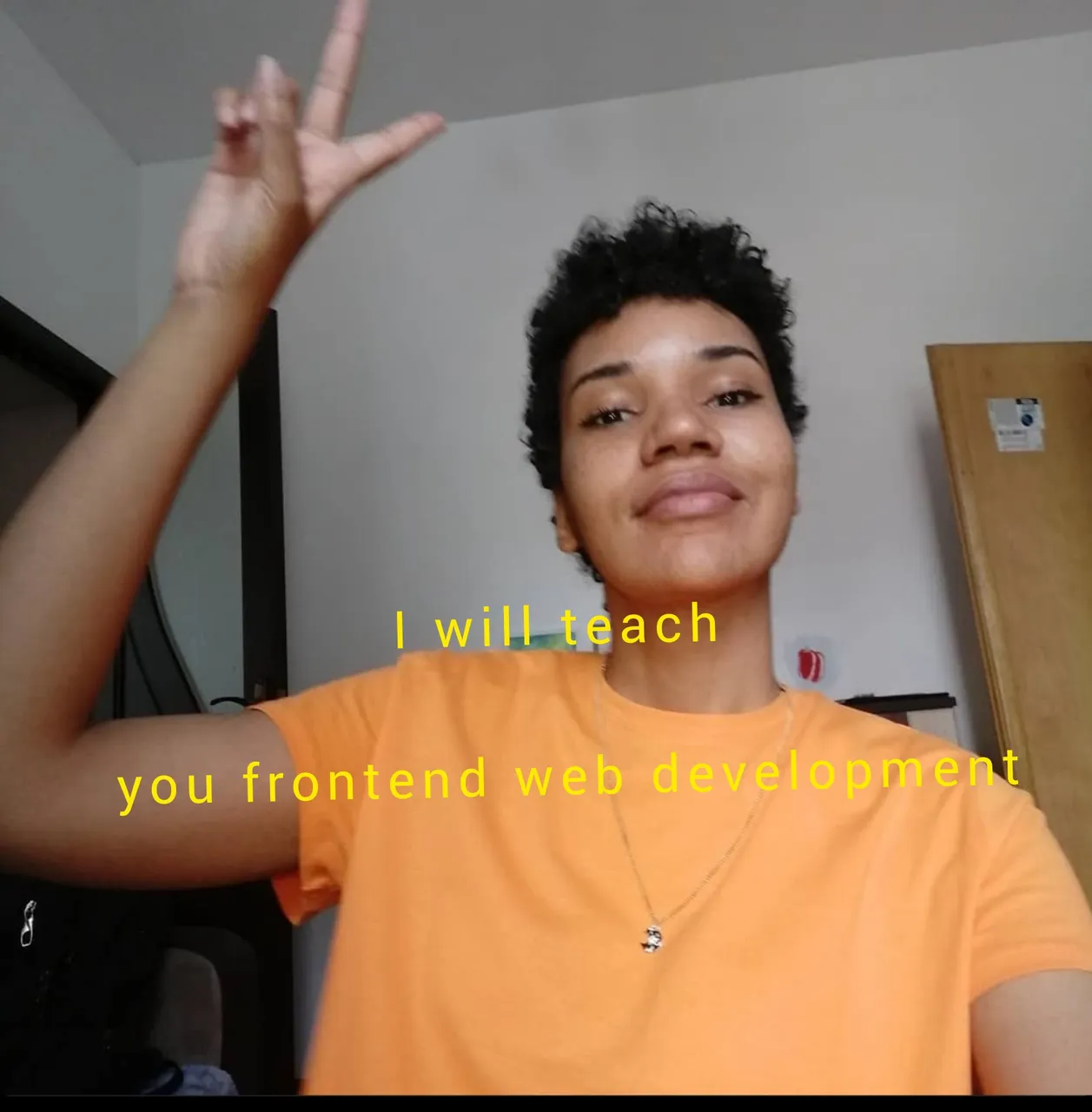As promised, I have now begun the frontend development series where I will be teaching those interested in learning frontend web development. These lessons will be from my personal studies as well as research as we grow together.
First of all, I will start by explaining what web development is. There are some confusing terminologies in the programming world. What even is a frontend, or a backend as you probably might have seen somewhere and how they connect?

The simplest explanation for web development would be the development or creation of websites. Everyone on the internet has been on a website. Frontend developers are mainly interested in the visual, client facing side of a website. That page you click on where you can perhaps see products on a shopping site, you can view a shopping cart and a call to action button that takes you to the check out page is what a front end developer is concerned about building. A blogging website, a simple calculator or a complex one, a budget app where you can visually input numbers to calculate and track expenses; all those calculations are dependent on the logic thought up by a frontend developer.
Do not make the mistake to conflate frontend with design though. The UI/UX experience are what skillful designers determine as a layout. The code to actually create those things as in the blueprint handed down by a web designer is the job of a frontend developer.
So what does backend development entail? This too is very broad. As we create the logic to implement cart functionality for instance, we would need someone else or ourselves(if we become fullstack developers) to help us with creating databases, storage systems that store user data, remember what they have put in their cart even after they have left our website(as long as they are logged in). Implementing login/authentication and so much more are just a few of the tasks that a backend developer interests themselves with.
For this series though, I will be focusing on frontend development. What are the common front end languages? There are HTML, CSS and JavaScript. There are the backbone of the frontend world. After learning these three, you can then choose to specialize in one or more frameworks. A framework contains reusable components that saves you less time in writing JavaScript code from scratch. If you picture a scaffold, you will be able to better picture how it relates with the frontend. If not, don't worry, with time it will be clearer.
The different frameworks we currently have include React, Vue, Angular, EmberJs. For this series, I will be focusing on React since that's what I've learnt and like to use.
The next thing you need to know to start your journey is what a coding editor is. It's simple a program where you write your code. There are some popular ones around like Visual Studio Code, Atom, Brackets, Eclipse etc. For this series, I will be using my favorite which is Visual Studio code and you can download it on their official site here
This is where we will be writing our code. The steps are simple. You download and run it as the instructions say.
I hope this lesson has provided some insight on what the frontend and backend is and what to expect. Feel free to ask questions and see you in the next lesson where we will begin learning about HTML!